This science experiment for kids is a crowd pleaser. Making a hard boiled egg bounce is very impressive. Even very small children know that eggs crack when broken – well imagine their surprise when, through this science experiment, you turn a hard boiled egg into a bouncy ball! This was day 5 of our Science Experiments for Kids. Check here for Day 1 (leaves), Day 2 (states of matter), Day 3 (insects), and Day 4 (ice)
Even better – this science experiment is oh so simple. The only thing is that it takes 5 days. So you better get started now!
Materials:
Hard boiled egg
Vinegar
Small Jar with a lid
This science experiment for kids is great – they can do it all! Let your hard boiled egg come to room temperature. Place it in the jar and pour the vinegar until the egg is submerged.
Have your wee one watch – what can be seen? Little bubbles are likely surrounding the egg. This is the acid in the vinegar attacking the calcium in the egg shell.
Put the lid on your jar and wait 5 days.
Wait, wait, wait
After the long awaited 5 days, your egg-a-licious science experiment can continue. Gently rinse the egg with warm water to wash away the shell. Notice how soft it is.
Finally, let your little one bounce the egg. Isn’t it impressive?! See how high it can go!
The science behind this science experiment for kids:
The acid in the vinegar eats away at the calcium in the egg shell, creating a rubbery egg.
This science experiment is a great way to show kids the importance of caring for their teeth and brushing regularly!
The science behind this experiment is likely too complex for toddlers and preschoolers, but I still think it is a great science experiment for kids. It is very important that kids see and learn neat and interesting things and we help them maintain their natural curiosity and wonder for the world around them. Sometimes a little magic and mystery is just what is needed!
Please consider liking us on FACEBOOK so we can share more creative learning activities with you and your little ones! Thank you!
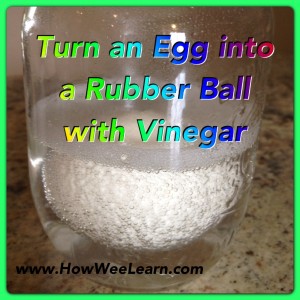
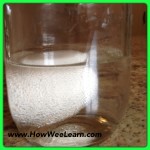
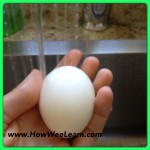

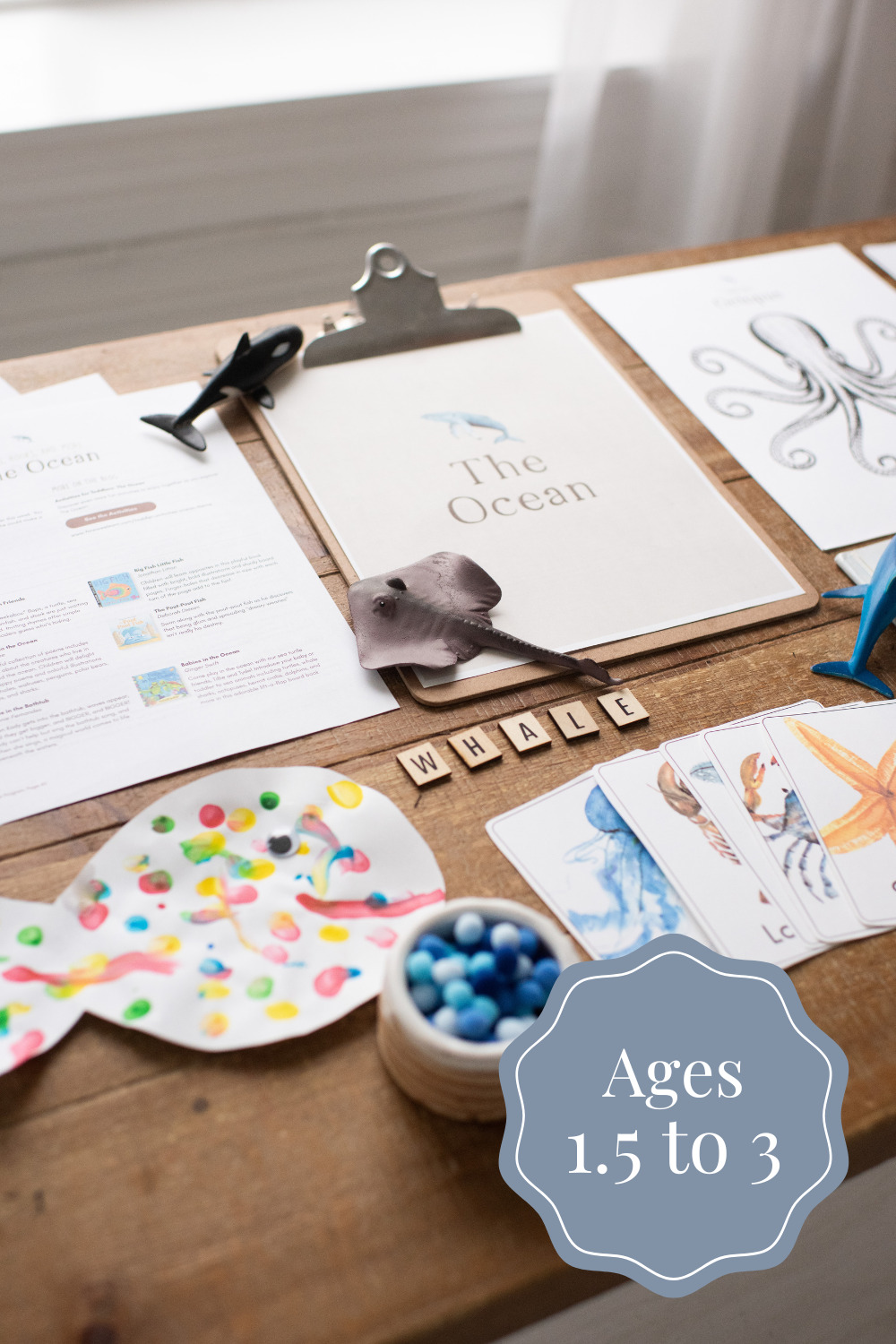
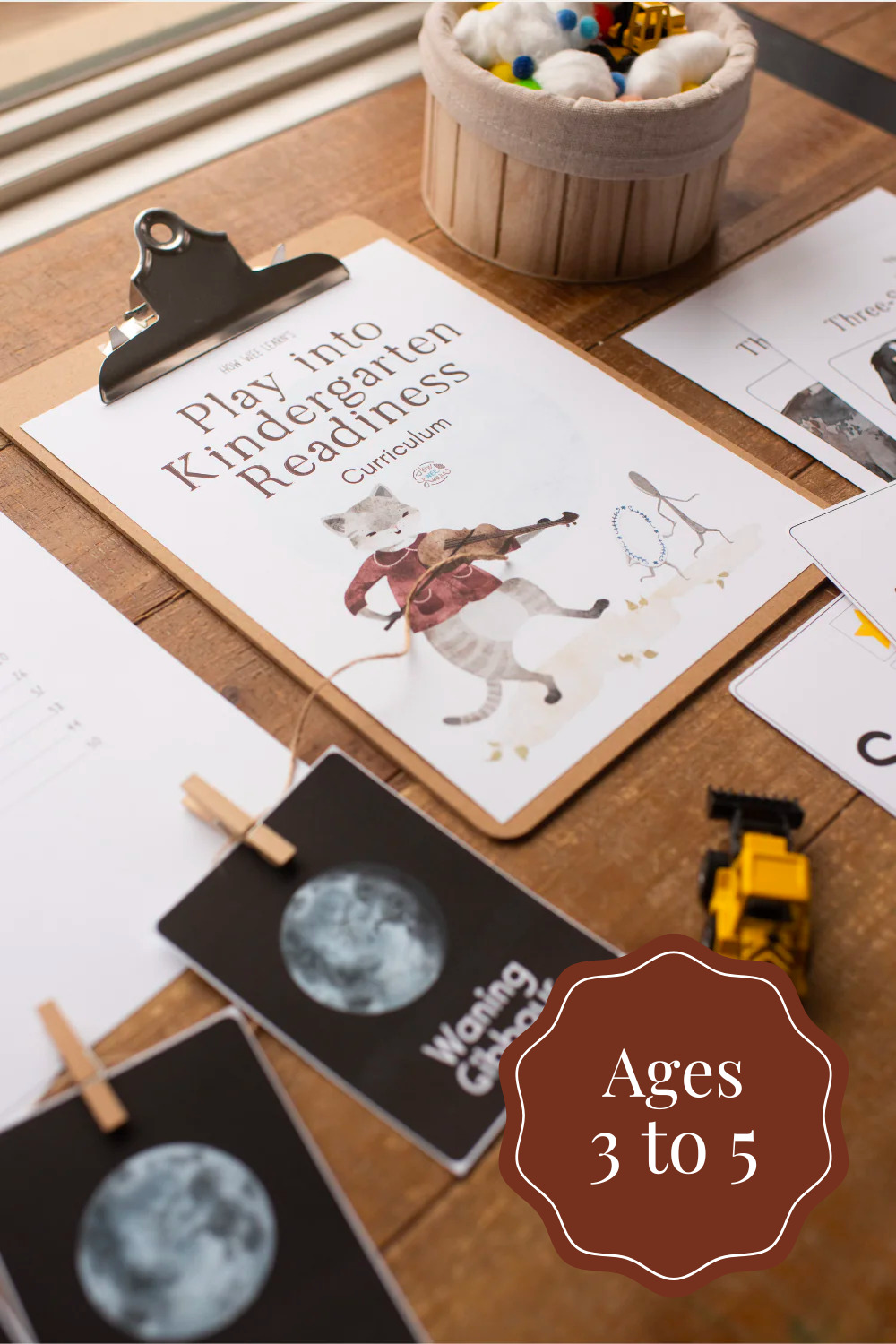
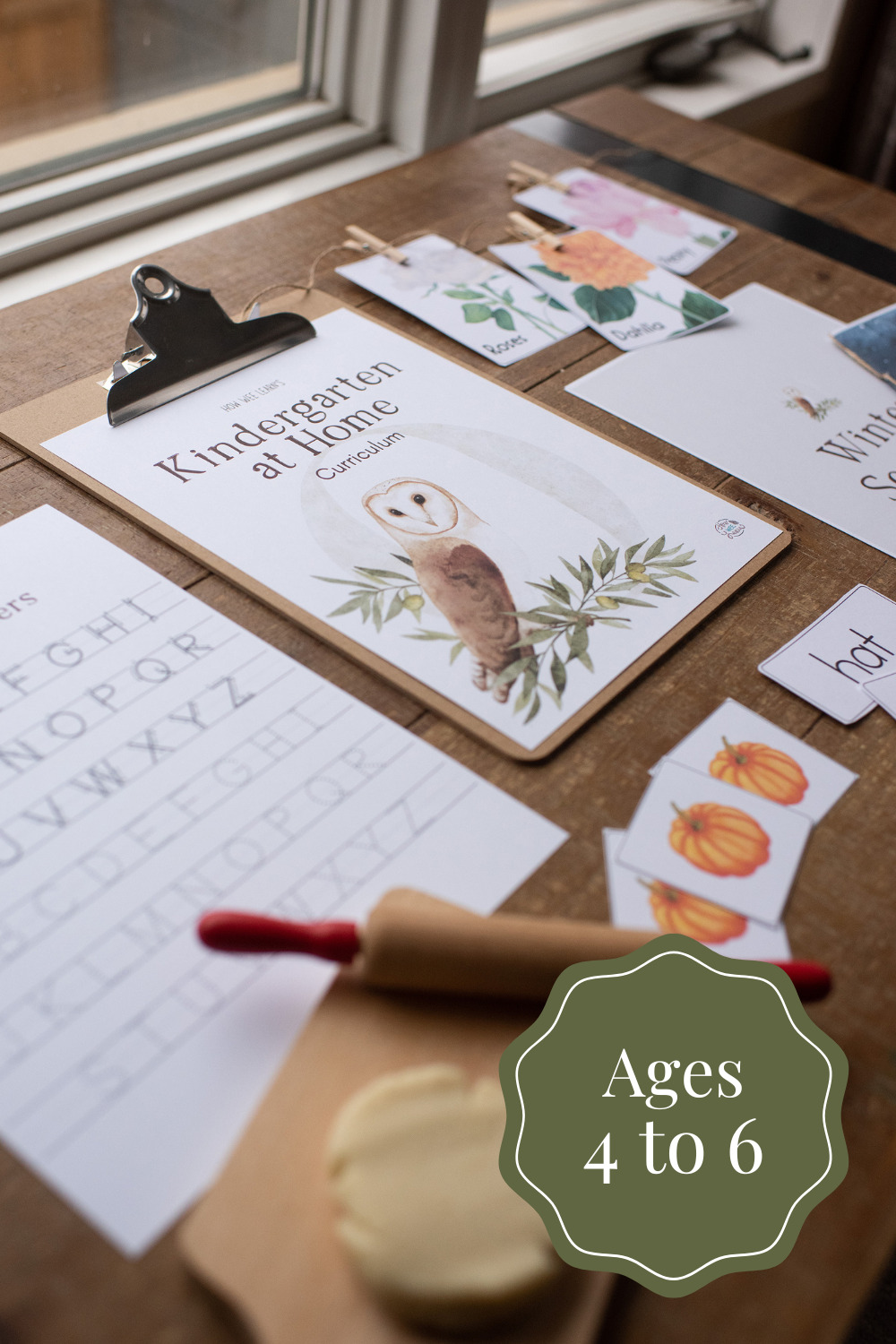
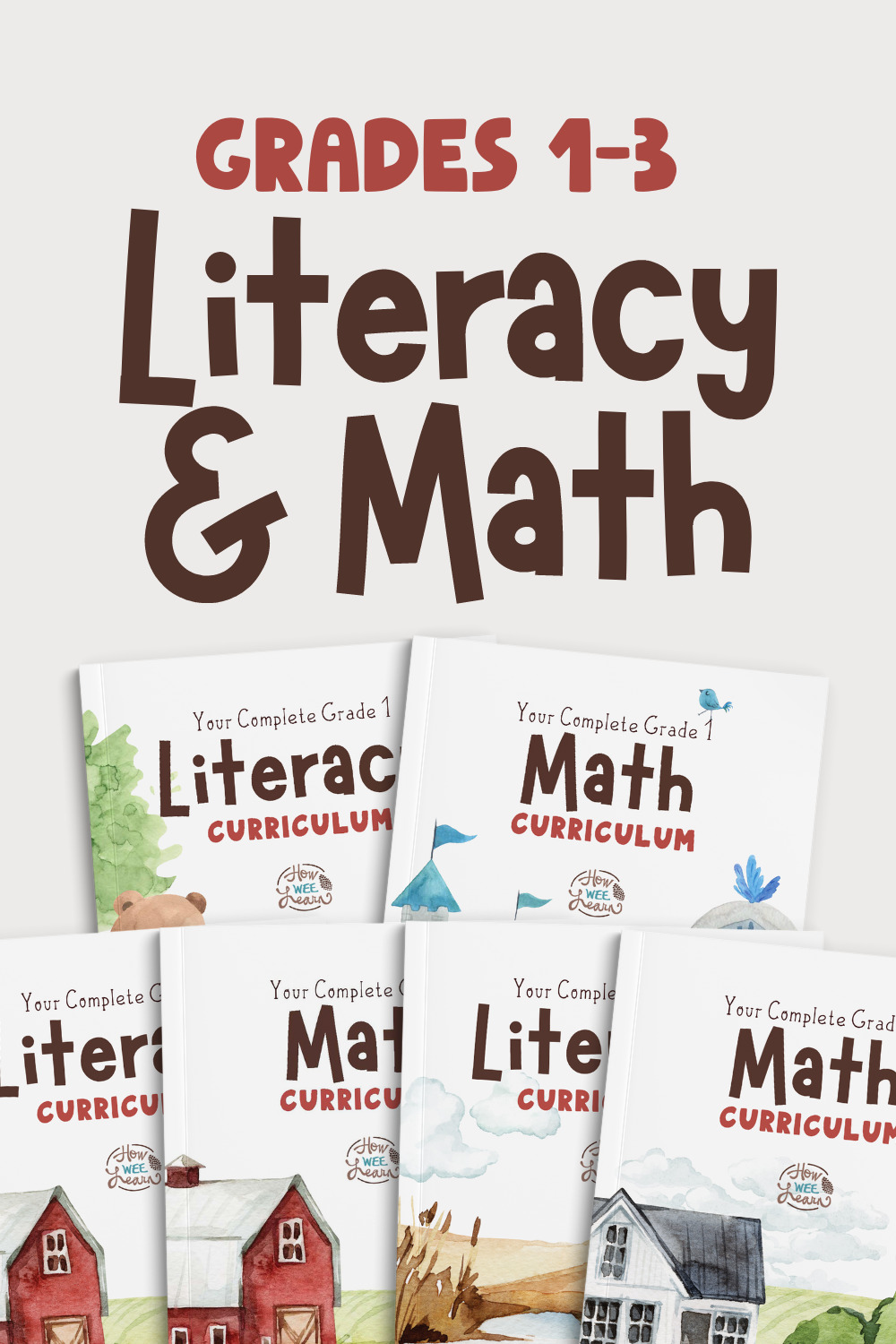

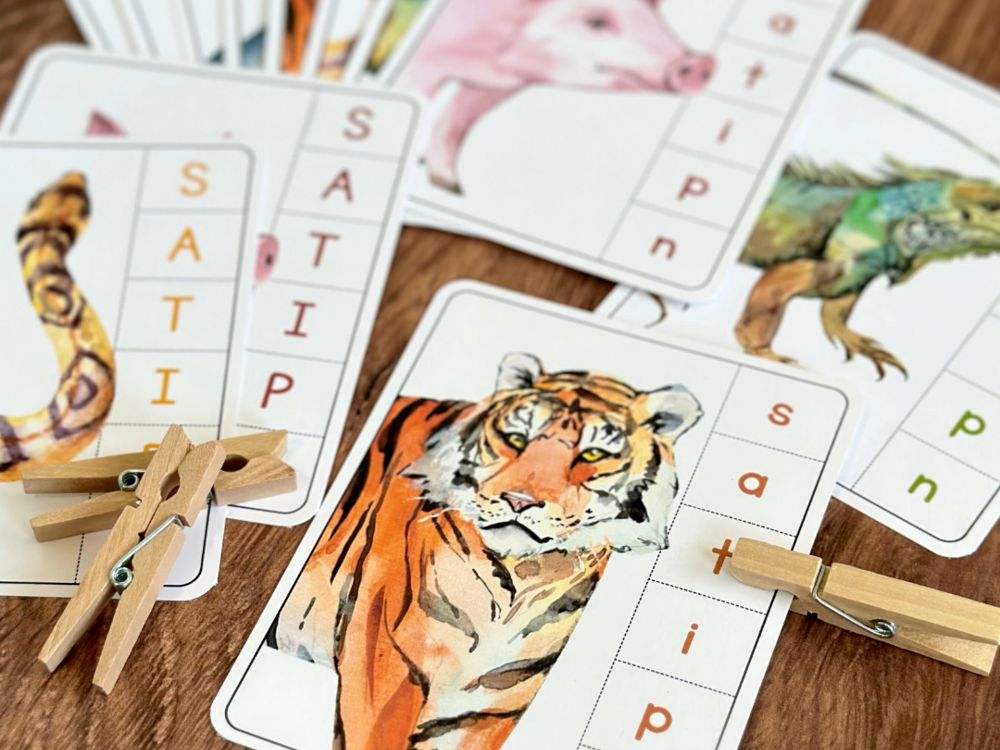
How long can keep the bouncy ball/egg? Does it go bad?
What a great question Erin … And I am afraid I don’t know! Ours lasted one week before it finally split. I assume it would last a long time – as it has been preserved in the vinegar. I think it would likely split before going bad … It does bounce and works well, but certainly doesn’t hold up like a real ball.
Well, if I would have paid attention first I would have seen and read and had to wait 5 days to get a “splat” effect. I didn’t read the “hard boiled” egg part, I read egg…. SO, my son and I put an egg in a jar for 5 days with vinegar…… The egg became rubbery on the outside of the egg and part of the inside and the vinegar even at the shell off…. BUT not it all so we got a splat effect… NOW to try it with a hard boiled egg.. Wish us luck. I will post how that turns out with the correct instructions. 🙂
Oh no Samantha! But a cool science experiment all the same 😉 Hopefully you have success with your hard boiled egg – please let me know!
I tried it the right way…. It didn’t work. It splatted on the floor and wouldn’t bounce. What did I do wrong?
Oh shucks Samantha!! Sorry to hear. Did you hard boil the egg? If so, perhaps try to leave it in the vinegar even longer to ensure the chemical change has time to occur.
When it eventually goes “splat” does it make a huge mess like a regular egg?
Hi Kyah – important question! No, it makes a mess for sure, but sort of the same mess you would expect from throwing a hard boiled egg on the ground.
Mine worked really good such a good idea. I also seen that you can add some food coloring and it changes that color that you added
Neat idea about adding the food colouring Marlee – we will have to give this a try! Glad yours worked well – thank you for taking the time to comment!
I’m about to try this with some of our Easter eggs since we colored 3 dozen and there are only three in my family!! 🙂 Should come out a colored bouncy ball I’m hoping right? I also want to try with a yellow highlighter to make a glowing ball. I’m not sure if this particular experiment shows kids osmosis. I guess so. It’s easier to think about membranes and liquid transferring when there is more water to exchange.
This sounds so neat. Please let me know how it turns out!
We tried this for three days it did not work we opened the containers twice a day and we stored them in a fridge that was not running my question is does it matter where the eggs are keep or if we open the containers?
Hmmm – I don’t believe either of those things should matter – but I bet leaving it even longer will work.
It’s wonderful.Nice You pls share some more experiments like this.
Did you leave the eggs at room temp or in the fridge while waiting?
Room temperature – I’m not sure if it matters though?
What are the states of matter in this experiment
Great question Destiny. I would say that the egg begins as a liquid (at least the interior of the egg) and turns into a solid. Would you agree?
The science behind this experiment is likely to complex for toddlers and preschoolers, but I still think it is a great science experiment for
The word “to” in that sentence should be spelled: “too.”
Oh great catch on the typo Wendy – thank you! The science is too tricky for little ones, but a great experiment to help keep those curious little minds full of wonder!